Noblemen in 18th-century Paris tried to outdo one another with commissions from the metalworker Pierre-Joseph-Désiré Gouthière (1732–1813). From the 1760s onwards, patrons gathered at his atelier to pore over drawings and prototypes, while his small staff of artisans used acid baths, mercury, and wonderfully named tools like rifflers, burins, and planishers, to turn rough alloy castings into shimmering sculptures with details as fine as dimples on goddesses’ chins.
Gouthière took on many professional titles, including artist, sculptor, gilder, chaser, engraver, caster, and inlayer. Architects sent him sketches for house parts, from chimneypiece pillars to monogrammed window knobs. His team produced functional objects like firedogs, chandeliers, and wall lights, and they also wrapped gilded foliage and mythical creatures around vessels made of porcelain, ivory, lapis, alabaster, and porphyry.
This winter, a few dozen of Gouthière’s works occupy the basement galleries at the Frick Collection in Manhattan, and an expanded version of the show will run at the Musée des Arts décoratifs in Paris (16 March–25 June). The scholarly team, including Christian Baulez, the former chief curator at the Château de Versailles, the Frick’s decorative arts curator Charlotte Vignon and its chief conservator Joseph Godla, have identified the ingredients in Gouthière’s gossamer finishes. They have scoured archives for mentions of Gouthière in other people’s journals, inventories, and legal proceedings. Few of Gouthière’s own writings survive: he was such an impractical businessman that he often forgot to send out invoices to his clients.
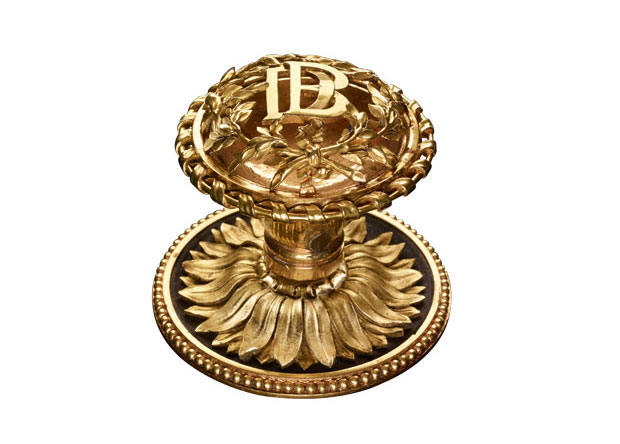
Knob for a French window (c. 1770), Pierre Gouthière after a design by Claude-Nicolas Ledoux. Musée des Arts décoratifs, Paris. Photo © Th. Hennocque
Gouthière was one of 11 children of a saddle maker in Bar-sur-Aube, a hamlet in the Champagne region. By age 26 he had married well, to Marie-Madeleine Henriet Ceriset, the widow of the prosperous Paris gilder François Ceriset, whose workshop he took over. By the 1760s he had attracted royal clients. He gilded dishware, cutlery, and toilette sets for Portugal’s Joseph I, and for the Royal Castle in Warsaw he supplied incense burners engulfed in gilt laurel wreaths and ribbons. In Paris, Gouthière built up a network of aristocratic customers while socialising at opera performances. (His mistress, Madeleine-Augustin Courtois, the mother of one of his three children, was an opera singer.)
In his 1770s heyday, when he had a Right Bank workshop on the Seine near Notre-Dame, Gouthière collaborated with prominent architects such as Claude-Nicolas Ledoux and François-Joseph Bélanger. Madame du Barry, the Duke of Aumont, and the Duchess of Mazarin filled entire rooms with his pieces. When Marie Antoinette posed for portraits by Élisabeth Vigée Le Brun, a red porphyry table and crimson velvet-covered jewellery chest studded with Gouthière ornaments were visible in the backgrounds.
Gouthière was sought after for his ability to render naturalistic forms. He hardly ever recycled moulds to repeat any particular petals or mermaids’ tails; on a single table leg or vase mount parts of his ornaments are covered in matte striations and stippling and others are polished to mirrored gloss. Joseph Godla writes in the catalogue: ‘Gouthière could produce a vast range of surfaces – the soft skin of a face, a goat’s rippled fur or the alternating textures of its horns, the fine veins of a leaf.’
His dabblings in real estate were less fortunate. Around 1775, Gouthière started building a creamy stone compound on rue du Faubourg Saint-Martin (one wing survives at 6 rue Pierre Bullet), which he probably meant as a rental property. The project stalled, and by 1787 he was bankrupt. The Revolution reduced him further. In 1794, during the Reign of Terror, he spent seven months in prison, accused of disloyalty to the republican government because he had catered to the wealthiest tiers of the ancien régime. He completed a few projects after he was released. When the Duchess of Mazarin’s home was turned into government offices, Gouthière was brought in to gild a new inscription, ‘Ministry of Police’ on its pediment.
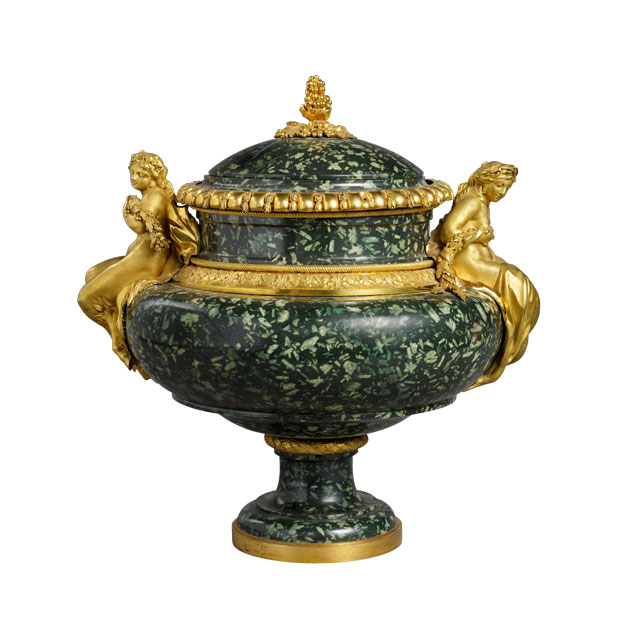
Porphyry and gilt bronze vase (c. 1775–80), gilt bronze by Pierre Gouthière, green Greek porphyry carved by Augustin Bocciardi or Pierre-Jean-Baptiste Delaplanche, after a design by François-Joseph Bélanger. Musée du Louvre, Paris. Photo: © RMN-Grand Palais/Art Resource, NY
Historians over the centuries have muddied his biography; his name alone has been misspelled as Gontier, Gonthier, Gouttier, and Gouttières. A catalogue essay by Helen Jacobsen, the Wallace Collection’s chief curator, explores 19th-century dealers and collectors in Britain and the US who misattributed quantities of ormolu to Gouthière and traded in fakes. However, authentic objects keep surfacing. At the Gouthière opening, a guest told the museum staff about a clock in a private collection that scholars had not known about. It is set on chunks of lapis and agate and surrounded by Gouthière’s floral swags and goat heads. The Frick borrowed it and put it on view a few weeks later.
The Frick has displayed the works like sculpture or jewellery, on pedestals and shelves against purplish-grey walls. There are hardly any cases, so people can lean close to the gilt-berried vines and spiralling snakes’ bellies. One room is devoted to the Duke of Aumont’s commissions, reunited for the first time since his estate was auctioned in 1782. Successful bidders at those sales included Marie Antoinette and Louis XVI.
A digitised version of the illustrated Aumont auction catalogue is available, but my fellow visitors rarely spent much time scrolling through. They did, however, linger in an upstairs gallery, where a video shows modern craftspeople recreating Gouthière’s techniques. The narration is a bit soporific (‘When well mixed, the amalgam was washed’), but the images of metalwork going in and out of sand moulds, flaming coals, and acid dips are mesmerising. I can understand why Gouthière, absorbed in making no mistakes as each snippet of luxury went through dozens of steps, had forgotten to send out his invoices.
‘Pierre Gouthière: Virtuoso Gilder at the French Court’ is at the Frick Collection, New York, until 19 February.
From the February 2017 issue of Apollo. Preview and subscribe here.
Unlimited access from just $16 every 3 months
Subscribe to get unlimited and exclusive access to the top art stories, interviews and exhibition reviews.

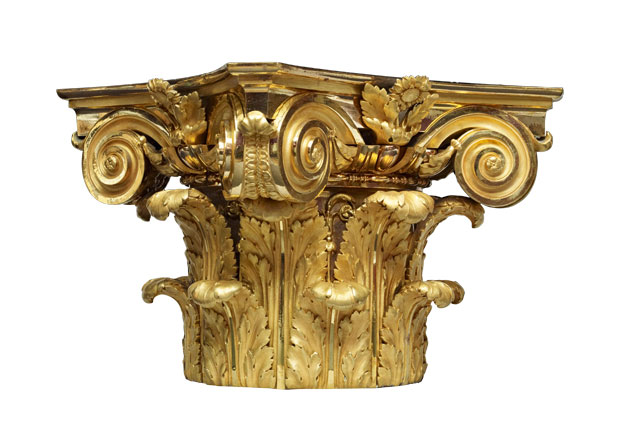
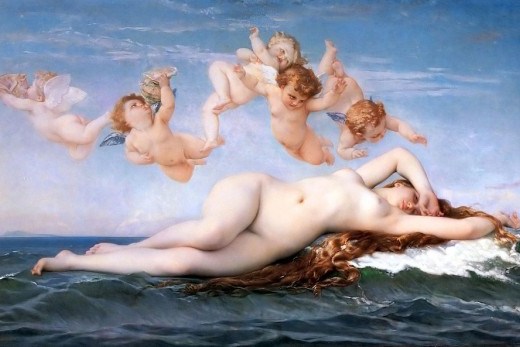
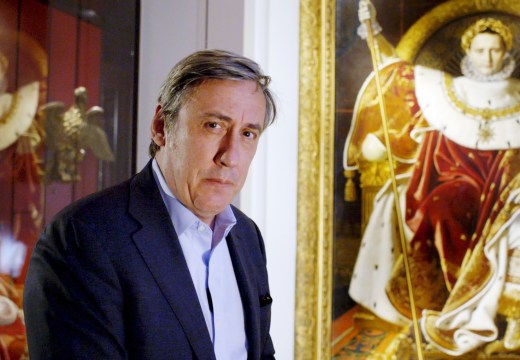
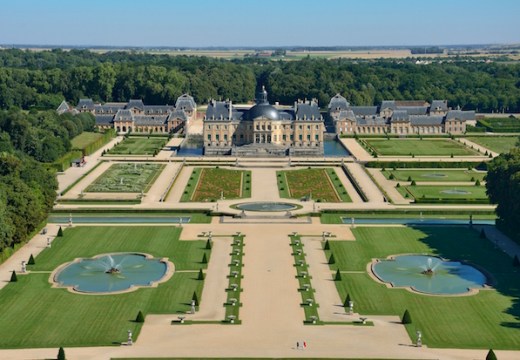









![Masterpiece [Re]discovery 2022. Photo: Ben Fisher Photography, courtesy of Masterpiece London](http://www.apollo-magazine.com/wp-content/uploads/2022/07/MPL2022_4263.jpg)
Has the Fitzwilliam lost the hang of things?